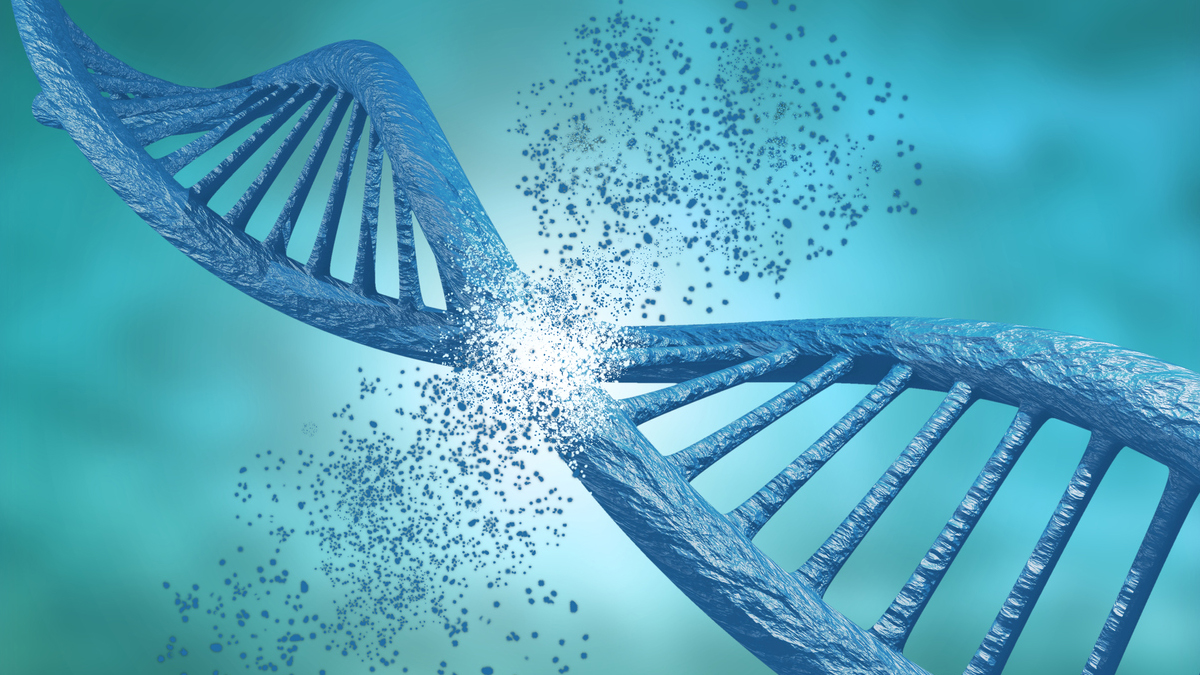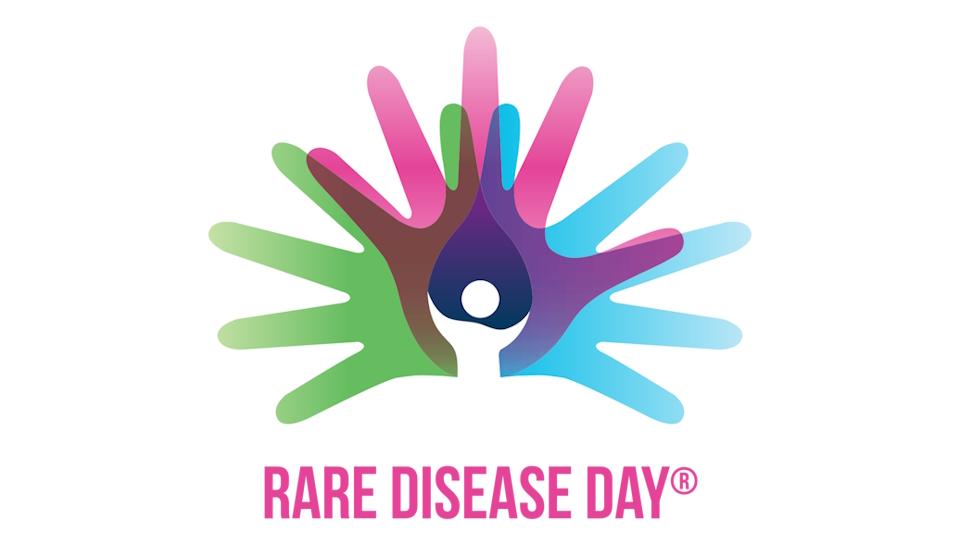Gene addition – a new chapter in treating rare diseases

The scientific advancements of the past 30 years have transformed our understanding of the potential of gene therapy and how it may be used to tackle rare diseases.
As a result, the biotech industry stands on the brink of being able to use sophisticated techniques that harness the body’s own cells to correct the underlying genetic cause of a condition.
A technique called ‘gene addition’, administered as a ‘one-time’ treatment, could be used to transform the lives of those living with previously incurable rare genetic diseases.
How does ‘gene addition’ work?
Gene therapy involves introducing genetic material into a person’s cells to fight or prevent disease. There are several ways to do this: replacing the mutated gene that has caused the disease with a healthy copy of the gene; ‘switching off’ a mutated gene that is functioning incorrectly or adding a new functional gene into the body to help fight the disease.
The last option is what we focus on today at bluebird bio. Known as ‘gene addition’ this is where we add functional copies of a gene to address the underlying genetic cause. This type of investigational therapy, administered as a ‘one-time’ treatment, is developed outside the body, using the patient’s own cells. This potentially makes the risk of complications such as rejection, typically associated with other treatments available today, less likely.
The process begins with the patient’s stem cells being collected in hospital. The cells are then transported to our manufacturing site in Germany, where genetic information is inserted into the cells using a modified lentiviral virus – this is called ‘transduction’. The modified cells carrying functional copies of the relevant gene are then infused into the patient, following chemotherapy to make space in the bone marrow for the modified cells.
The goal of the process is that the cells will multiply after infusion within the patient and produce new cells with the functional gene. The patient remains in hospital while their immune system recovers and are then discharged.
Applying gene therapy to the rare diseases sector
According to EURORDIS, a rare disease is defined in Europe as one affects less than one in 2000 people. While this may seem like a very small number, there are in fact more than 6000 rare diseases that we know of today, 80% of which are of genetic origin, often both chronic and life-threatening. Latest statics form the European Commission suggest that approximately 5,000-8,000 distinct rare diseases affect 6-8% of the EU population i.e. between 27 and 36 million people.
The impact of living with a rare disease should not be underestimated, both for patients and their families but also wider society. Those with chronic symptoms may have their lives dominated by invasive treatment regimes, spending many hours in hospital and missing school, social events and work. Others may have very limited options for treatment and face drastically reduced life expectancy. There is also a very significant impact on families and carers and a knock-on impact for society in terms of lost productivity and impact on the health system and resources.
While there have been many treatment advances over the years, and the quality of life for some patients has improved exponentially, nevertheless a significant proportion of people with rare diseases still do not have access to the right care or treatment.
This has been the impetus behind the European Commission’s coordinated approach to the challenge of rare diseases. It has seen the creation of the European Reference Networks for rare diseases in 2017 which aims to create a clear governance structure for knowledge sharing and care coordination in rare diseases across the EU.
It has seen funding for several initiatives to strengthen EU collaboration among patient organisations, develop recommendations and national action plans, and increase the visibility and operational capacity of rare diseases organisations and networks.
It has also encouraged EU Member States to adopt national action plans to guarantee that rare disease patients get timely access to medical and social care. In recent years much progress has been made, but there is still more to do.
Placing a value on gene therapy
Gene therapy is a disruptive technology which heralds a new chapter in the way that rare genetic diseases will be treated. But it isn’t just a new way to transform clinical outcomes. It is going to challenge the way that treatments are administered to patients and how they are funded.
This ‘brave new world’ calls for new approaches to evaluating and gaining reimbursement for new treatments so that patients can benefit from the innovations that can offer the most value in the rare diseases space. It will require a collaborative approach between health systems and industry to find appropriate solutions. And it needs a willingness to move away from traditional approaches adopted for chronic therapies, where costs are incurred as the benefit is realised, in favour of new approaches which take account of the specific nature of rare disease medicines in terms of evidence base, unmet need and cost.
Companies have a responsibility to partner with health systems to ensure that payment is linked to the specific benefits that patients receive. This means putting in place commercial agreements that will enable commissioners to pay over an extended period of time, tied to specific clinical outcomes and being willing to underwrite some of the uncertainty.
As an example, bluebird bio has stated publicly that we are willing to put the majority of the price of our therapies at risk, meaning that if the treatments do not perform over the long term, we won’t get paid.
Gene therapy as a potentially one-time treatment will open a new chapter in being able to treat underlying conditions rather than just managing them. This could be a major step forward for medicine as a whole.
About the author
 Andrew Obenshain has served as head of Europe at bluebird bio since 2016. He was most recently at Shire in Paris, France where he was the general manager of France and Benelux overseeing a portfolio including seven rare disease products. Prior to Shire, Andrew spent eight years at Genzyme and Sanofi holding roles of increasing responsibility in business development, marketing and global commercial operations.
Andrew Obenshain has served as head of Europe at bluebird bio since 2016. He was most recently at Shire in Paris, France where he was the general manager of France and Benelux overseeing a portfolio including seven rare disease products. Prior to Shire, Andrew spent eight years at Genzyme and Sanofi holding roles of increasing responsibility in business development, marketing and global commercial operations.












